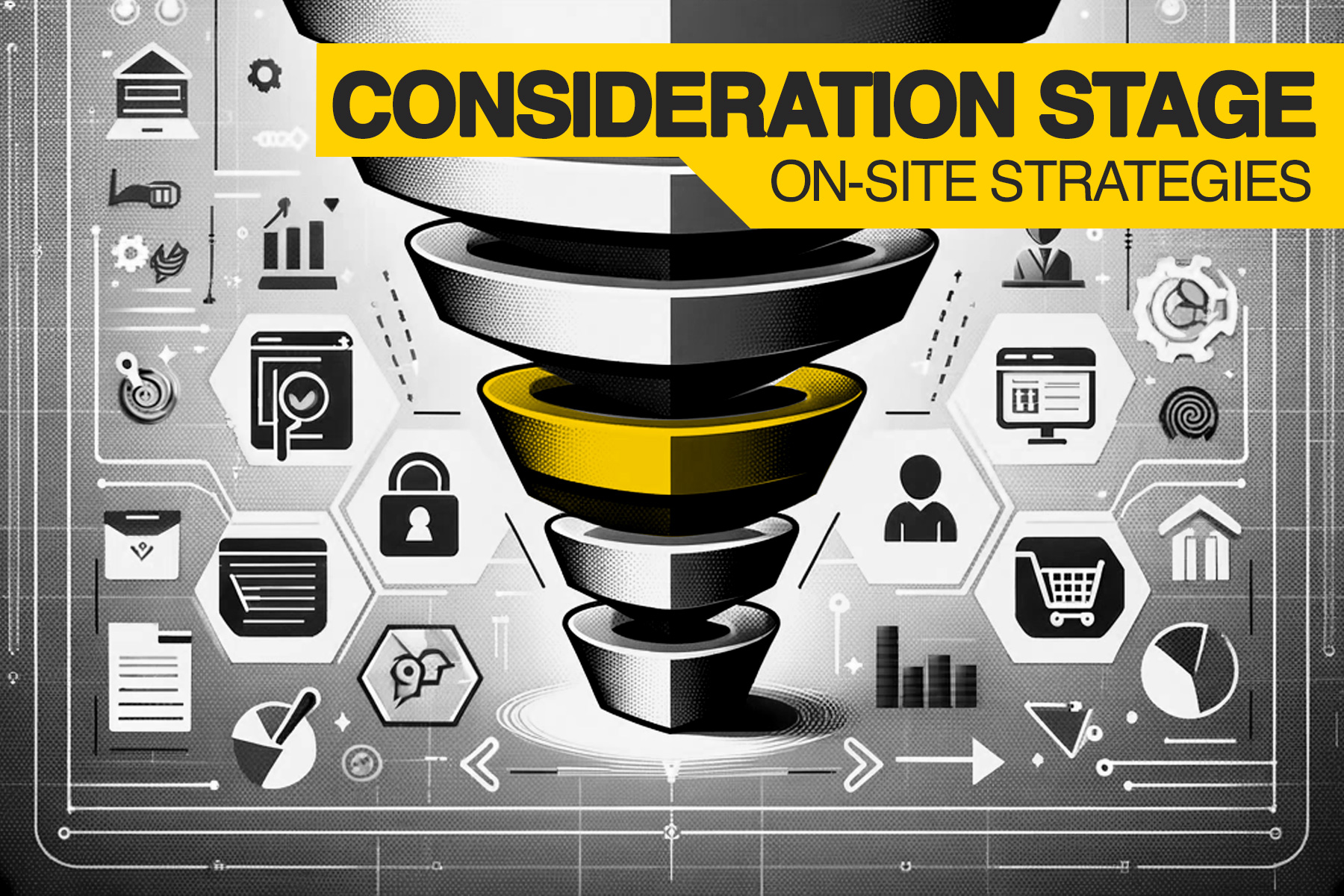Although the line between B2C and B2B is fading rapidly, some features are essential to be executed correctly on the B2B website. Even if both types of eCommerce websites share these features, it is important to design and plan them a bit differently to ensure successful B2B approach.
Let’s look at essential features of B2B website as well as how they differ from B2C
Registration Page
On B2C websites, registration page is almost non-essential. Your visitors can checkout as guests and get offered an option to create an account.
On B2B website, this is usually not the case.
Registration is an essential part of Business-to-Business websites as each new registration needs to be verified and accounts most likely setup before eCommerce access is granted.
But that doesn’t mean you should still complicate the registration process. Keep the initial registration form as short as possible to reduce friction. Once you have the potential customer’s basic information you can then work on obtaining other necessary information to create their account and setup eCommerce access.
Always keep it simple and as frictionless as possible.
Read more: Breaking the registration process on B2B websites
Dashboard
Account dashboard is an important page for B2B eCommerce websites.
In some cases, you might want to redirect successful logins to other pages, but most customers should see the Dashboard page first.
Read: Should a successful B2B login always redirect to account dashboard?
Dashboard serves as an information board as well as quick access page
Effective account dashboard page of B2B website should show information such as:
- Account details (account number, tiers, etc)
- Account status (active, blocked, processing, etc)
- Account manager’s contact information (photo would be awesome)
- Account related notifications and messages
- General messages
- Upcoming price changes
Dashboard should also provide a quick access to following pages:
- Favorite products
- Order history
- Recently released products
- Account management
These are some of the features of the dashboard page on a B2B eCommerce website. Every business is different, but customers of each should benefit from a functional and effective dashboard page.
Product recommendations
In B2B environments, companies usually customize product offering based on customers’ needs and product requirements.
Effective product recommendations are essential part of B2B website. Products that are recommended to the logged-in customer need to be priced and contracted before they appear in the recommended sections.
Products should be recommended at carefully thought-out locations throughout the B2B eCommerce website:
- After successfully adding a product to the cart. Offer related products that are useful or frequently bought together.
- At the lower section of product detail pages.
- End of search results.
- Account Dashboard. Most effective if recommended based on past purchasing patterns and behaviors
- Checkout page. Be very careful with this one so to not interfere with ease of checkout process.
These are just some examples, but it’s well established that correctly placed recommended products increase your website’s cross and up-selling success.
Checkout
A website is not an eCommerce website without some form of a checkout process. But no checkout process can be successful and efficient if it’s complicated.
A simple checkout process doesn’t mean it should lack options and additional features to increase sales, but it does mean that it’s easy to navigate through and complete.
Whenever technically possible, you should attempt to have a one-page checkout.
These are essential elements of the B2B eCommerce checkout page:
- Shipping information
- Payment options
- Cart review
Keep in mind that customers are already logged in, so don’t ask for information that you have collected before. Billing details are one of them.
Each of the above elements can include various options like carrier selection, different payment options and product customizations, but keep the options limited and the process easy.
Customer support
Every website that conducts some kind of business with it’s visitors should strive to have an efficient customer support. From knowledgebases, contact forms to live chat, good customer support that caters to your customers is essential.
On B2B eCommerce websites, customer support needs to be flexible and customized towards the specific customer that needs assistance.
Whether you offer customer support through one main channel or multiple, make sure you have all information needed to offer fast support.
Your B2B customers are most likely already logged in. Do not ask them to provide account details and introduce themselves if that’s the case. Use single sign-on if it’s chat, or pre-populate customer information if it’s a contact form.
Your customer support representative needs to know as much information about the customer up front for the best and most efficient support experience.
Conclusion
B2B customers expect same functionality on your eCommerce website as they are used to on some larger B2C ones, but they also expect more personal relationship.
The above recommended, essential features of B2B eCommerce websites should help you achieve that with little effort.


